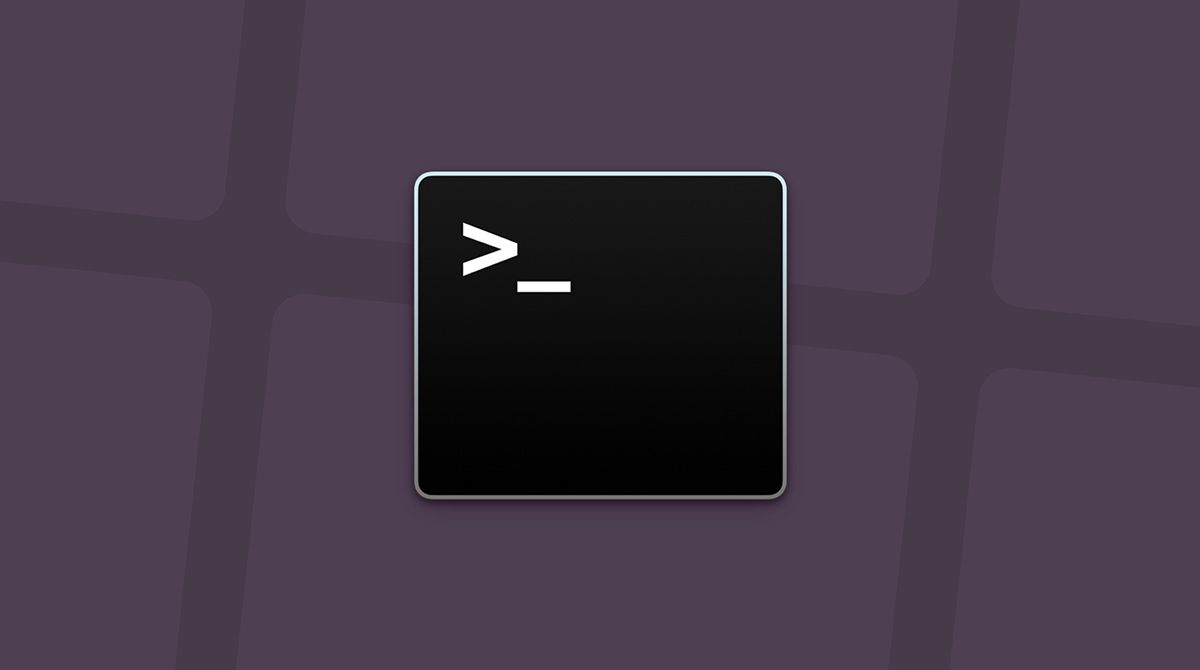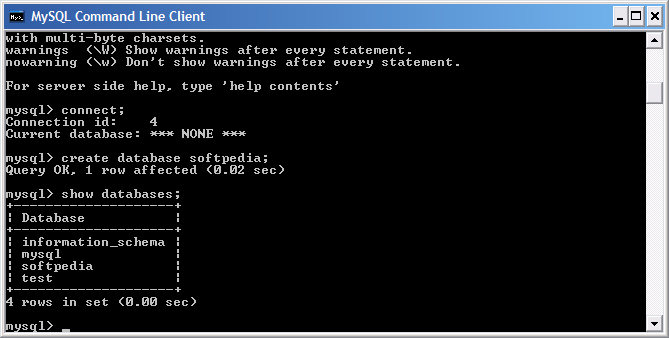
#MYSQL COMMAND LINE FOR MAC MAC OS X#
It doesnt really matter for a local development database. This package enables UNIX-style development via Terminal by installing command line developer tools, as well as Mac OS X SDK frameworks and headers. That should allow you to run mysql -u root -p and use the new password set in #4. (Use exit to quit the MySQL shell.) Note: By default, the MySQL user root has no password. "Cleans" passwords (some might say this is unnecessary).After I am starting the MySQL server by command-line, it results with an error as below: Where I am doing.


Sets mysql to run without bothering with privileges Invoke it from the prompt of your command interpreter as follows: mysql dbname Or: mysql -userusername -password dbname In this case, you'll need to enter your password in response to the prompt that mysql displays: Enter password: yourpassword Then type an SQL statement, end it with, \g, or \G and press Enter.sudo /usr/local/mysql/support-files/rver start.sudo /usr/local/mysql/support-files/rver stop.is a reasonable set of instructions for doing that in OS X (may be out of date for your version of MySQL but the comments will help) but YMMV depending on where mysql was installed, etc. If it's wrong mysql will let you know and then you'll have to go about resetting the mysql root password. mysql will prompt you for your password - type in in and hit enter again. 2. In your case, I'd try /usr/local/mysql/bin/mysql -u root -p then hit enter. You can also use: /usr/local/mysql/bin/mysql -u root -pīut keep in mind that password will be visible onscreen as you are typing it unlike the straight -p option that will hide your password as you type it when prompted. Which will prompt you for your root password (which might be blank unless you changed it)
#MYSQL COMMAND LINE FOR MAC FOR MAC#
MySQL server startup script for Mac systems mysqladmin Command-line. Typically the command is: /usr/local/mysql/bin/mysql -u root -p That may seem old-fashioned, but the command line can often provide a handy.


 0 kommentar(er)
0 kommentar(er)
